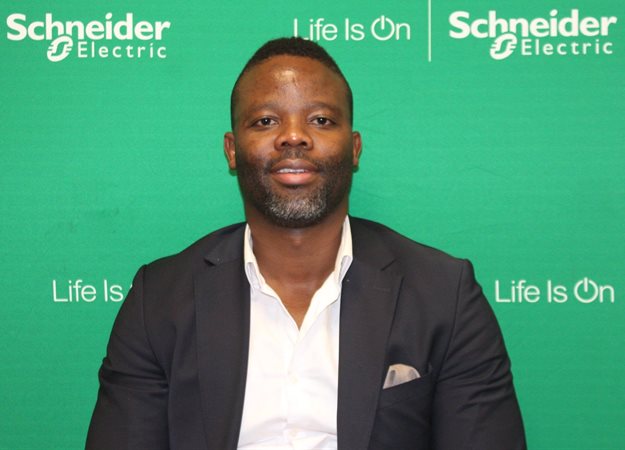Smart cities embrace 4IR

In the new dynamic of an integrated energy mix, the renewable wind and solar systems have different distribution areas and this results in a much more complex grid. To mitigate this we need smart grids to direct the distribution systems on the network. Smart grids allow power flows to go in different directions to avoid breakdown of the network.
We need to widen our vision and see the potential of smart cities, built on smart grid technologies. Smart cities are where people have access to public services such as hospitals and transportation services, as well as governmental departments, all optimised through digital tools for efficiency and efficacy.
Creating safer, more reliable cities
The concept embodies and integrates the current information and communications technology (ICT) systems to create safer and more reliable cities. Such technologies include artificial intelligence (AI), mixed reality (AR and VR), and the internet of things (IoT).
These key technologies powering 4IR are reshaping business processes, unlocking opportunities and encouraging new business partnerships. As urbanisation increases, cities and suburbs will undergo significant transformation to create sustainable living conditions for their residents.
Energy and mobility are the twin pillars of these transformations and both require radical adaptation to meet demographic and economic growth, without increasing congestion and pollution.
Infrastructure is key to making sure that everyone has access to the smart cities concept and government can help bridge this gap by making basic services and products such as data and smartphones more affordable.
Smart can go rural
The idea of creating ‘smart cities’ does not have to take place only in traditional urban areas but can also be in rural and remote areas, where people do not have access to basic electricity or water.
There is a need for off grid and mini-grid systems so that the basic needs of electricity, running water and other services can be provided to areas that lack those services. Providing power is more than just ‘lights on’, it is a means towards economic development.
It is vital that those supplying technologies such as solar and wind power to provide off grid systems must also ensure that those technologies make it easier for people especially in rural areas, to work and learn skills that would contribute to the digital economy.
South Africa has a need to provide low-cost or even free energy to millions of people who cannot access hot water, mobile chargers, television or home lighting and the concept of microgrids, smart grids and smart cities will bring this aspiration nearer to the populations of both rural areas and densely populated cities.


























